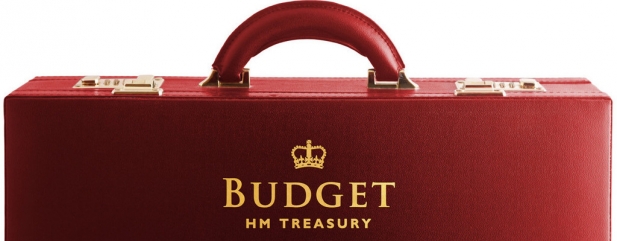Archived article
Please note that tax, investment, pension and ISA rules can change and the information and any views contained in this article may now be inaccurate.
Chancellor wields the axe on dividend tax benefits

AJ Bell is an easy to use, award-winning platform Open an account
We've accounts to suit every investing need, and free guides and special offers to help you get the most from them.
You can get a few handy suggestions, or even get our experts to do the hard work for you – by picking one of our simple investment ideas.
All the resources you need to choose your shares, from market data to the latest investment news and analysis.
Funds offer an easier way to build your portfolio – we’ve got everything you need to choose the right one.
Starting to save for a pension, approaching retirement, or after an explainer on pension jargon? We can help.
Please note that tax, investment, pension and ISA rules can change and the information and any views contained in this article may now be inaccurate.

Investors have been dealt a massive blow in the Budget on news that dividend allowances will be more than halved to £2,000. That is the amount of money you can earn tax-free on investments held outside of an ISA or self-invested personal pension (SIPP) and over and above the £11,000 personal allowance level.
Many investors won’t be affected by the changes if they only hold their investments in an ISA or SIPP as income inside these wrappers is tax-free.
The changes are relevant to investors who have investments outside of an ISA or SIPP. You can earn up to £5,000 income from these investments tax-free each year under current rules.
You also need to consider that everyone in the UK has a personal allowance enabling them to earn up to £11,000 tax free each year.
So you only start paying tax an income from investments once you've used up the £5,000 dividend allowance and the £11,000 personal allowance.
Chancellor Philip Hammond says the rules will change. The £5,000 dividend allowance drops to £2,000 from April 2018; and the personal allowance will rise to £11,500 from April 2017.
Anyone earning 4% annual income on investments would need their portfolio (held outside of an ISA or SIPP) to be worth £50,000 or more to breach the dividend allowance level and start paying tax, for example.
It is a stark reminder to always use your ISA allowance each year to maximise tax benefits. The ISA allowance moves to £20,000 from 6 April 2017.
The Government says 80% of ‘general investors’ will pay no tax on dividends under its new proposals. (DC)
INFLATION COULD WIPE OUT RETURNS FROM NS&I BOND
The Government has confirmed the new NS&I savings bond will pay 2.2% a year over a three-year term. In reality it is worthless when you take into account inflation expectations.
The Office for Budget Responsibility (OBR) forecasts inflation will hit 2.4% in 2017, falling to 2.3% in 2018 and 2% in 2019. Therefore there will be negative ‘real returns’ on the bond in the first two years if the inflation rate estimates are correct.
The savings product launches in April 2017 and you can invest between £100 and £3,000.
There were some more positive headlines from the OBR. It now expects the UK economy to grow 2% rather than 1.4% in 2017 although sees growth slowing to 1.6% in 2018, against a previous forecast of 1.7%. (TS)
These articles are provided by Shares magazine which is published by AJ Bell Media, a part of AJ Bell. Shares is not written by AJ Bell.
Shares is provided for your general information and use and is not a personal recommendation to invest. It is not intended to be relied upon by you in making or not making any investment decisions. The investments referred to in these articles will not be suitable for all investors. If in doubt please seek appropriate independent financial advice.
Investors acting on the information in these articles do so at their own risk and AJ Bell Media and its staff do not accept liability for losses suffered by investors as a result of their investment decisions.
The value of your investments can go down as well as up and you may get back less than you originally invested. We don't offer advice, so it's important you understand the risks, if you're unsure please consult a suitably qualified financial adviser. Tax treatment depends on your individual circumstances and rules may change. Past performance is not a guide to future performance and some investments need to be held for the long term.
 magazine
magazine